
1. Open Navicat and click the ‘Conection’ button in the upper left corner.
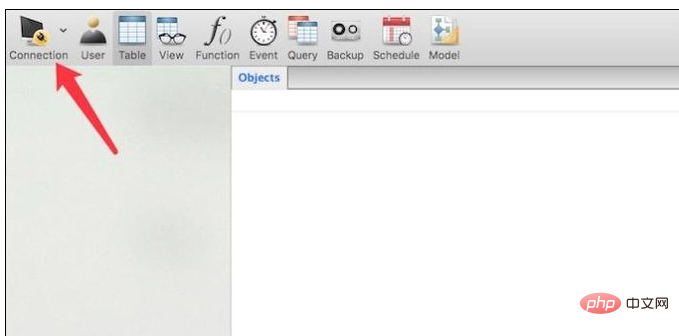
2. After clicking, a menu will pop up. We need to choose which type of database it is. Just choose it according to the type of database you deploy locally. I choose MySql here.
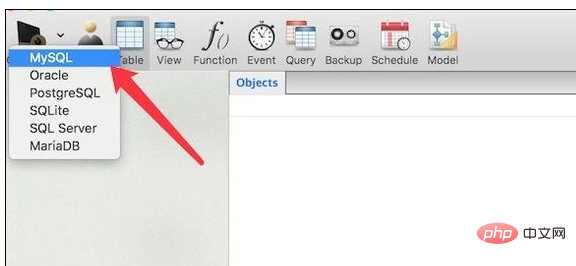
#3. After selection, a window will pop up. In this window, we first enter the Host name or IP address of the database. If it is local, just fill in "localhost". . The default port is 3306. If you use another local port, you need to fill in the real port number.
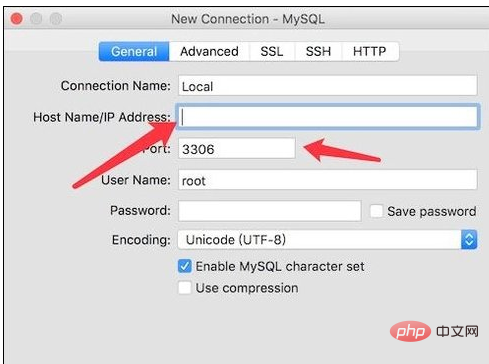
Related recommendations: "Navicat for mysql graphic tutorial"
4. Then you need to fill in the connection database username and password. After filling it out, you can click the test button on the lower left.

#5. After clicking, if the pop-up window shows "successful", then the settings are correct and the connection can be successful. If not, it means you have filled in the wrong place. . If there is no problem, click the ‘ok’ button.
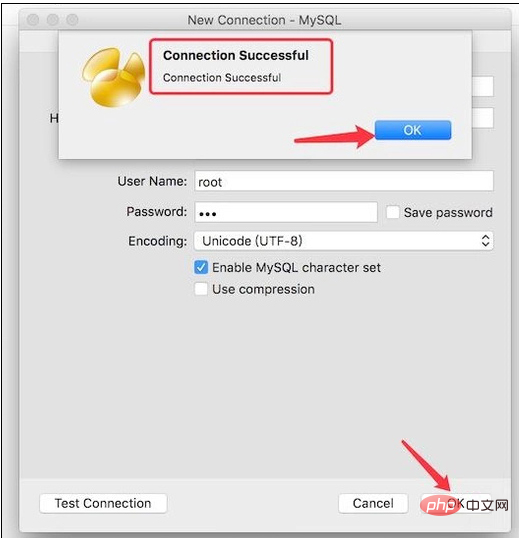
#6. Return to the main window, right-click on the database you just connected to, and click ‘Open Connection’.

7. After clicking, a window will pop up. You need to fill in the access password for this database, enter the password, and click the ‘ok’ button.
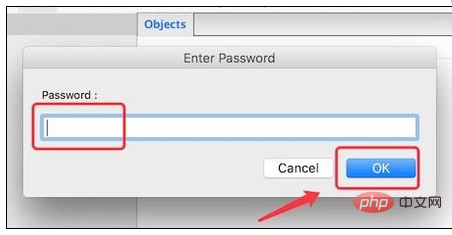
#8. We can open the locally deployed database and use this tool to perform various operations on the database.
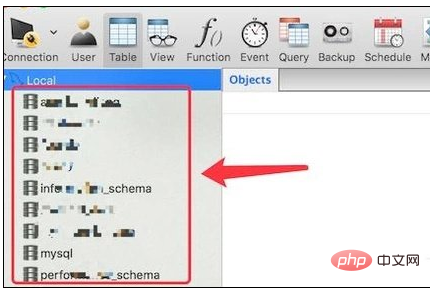
The above is the detailed content of How to open the database in navicat. For more information, please follow other related articles on the PHP Chinese website!




